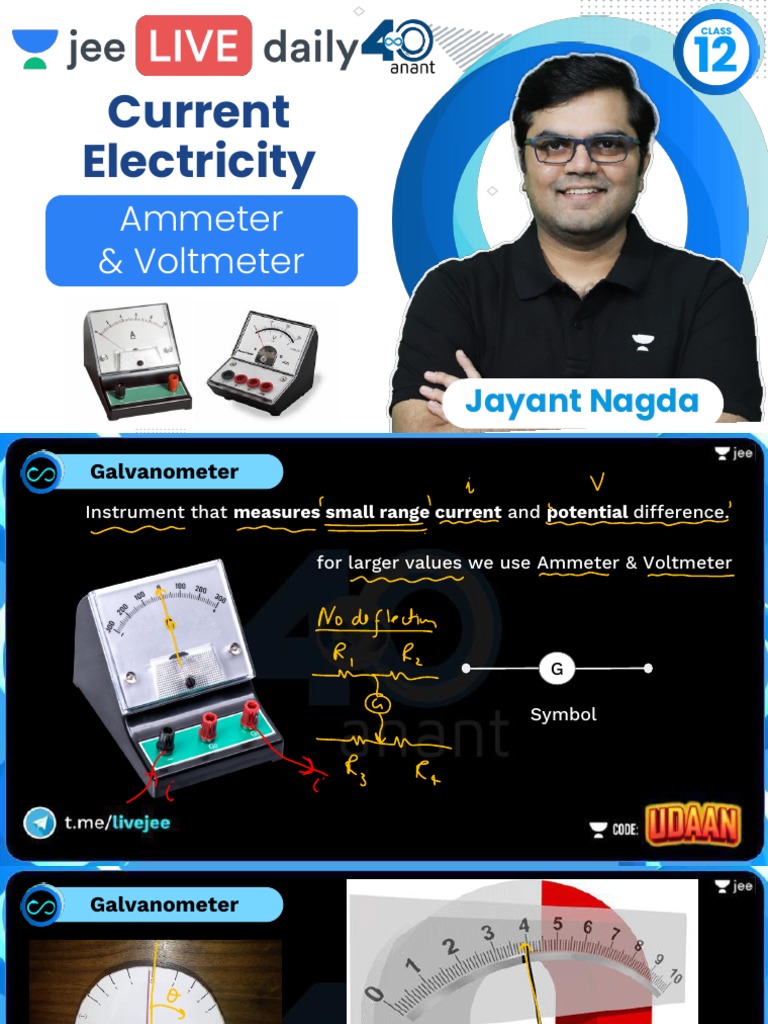The measurement of electrical charge is a fundamental concept in physics and electrical engineering. It allows scientists and technicians to quantify the flow of electrons, enabling advancements in technology and enhancing our understanding of various phenomena in nature. This article delves into the devices used to measure electrical charge, examining their principles of operation, applications, and the nuances that differentiate them.
The primary device designed to measure electrical charge is the electrometer. This sensitive instrument quantifies small electrical charges and is instrumental in applications such as research and development in laboratories, nuclear physics, and electrostatic phenomena. Electrometers, by design, are capable of detecting minuscule amounts of charge, often in the picocoulomb range. The working principle of an electrometer typically involves a combination of capacitive sensing and feedback mechanisms that nullify the charge on a capacitor, allowing for precise measurements.
There are various types of electrometers. One notable type is the digital electrometer, which converts the analog signal of the detected charge into a digital format for easier readout and analysis. These devices have greatly improved measurement accuracy due to their ability to filter out noise and provide data in real time. Additionally, modern digital electrometers often come equipped with computer interfacing capabilities, facilitating data logging and further analysis.
Another vital tool in the field of electrical measurement is the capacitor. Although not a measuring device in the conventional sense, capacitors can play an indirect role in measuring charge. By storing electrical energy, they can be used in conjunction with voltmeters to determine the charge using the formula Q = C × V, where Q is the charge, C is the capacitance, and V is the voltage across the capacitor. This relationship underscores the interconnectedness between charge, capacitance, and voltage in electrical circuits.
Furthermore, the Faraday cup serves as another crucial instrument for charge measurement, especially in the realms of physics and engineering. A Faraday cup is essentially a metal container designed to capture charged particles. When these particles collide with the inner surface of the cup, they induce a measurable current. This current can be related back to the number of charges that struck the cup, enabling quantification of the charge over time. Faraday cups are particularly valuable in applications such as particle accelerators and mass spectrometry.
In advanced research settings, scientists may deploy the charge coupled device (CCD), primarily recognized for its role in imaging. CCDs essentially convert light into an electrical charge and, while they are renowned for capturing images, the underlying technology also facilitates charge measurement. The discretization of incoming light photons into individual charge packets allows for an analysis of both charge and current, expanding the utility of CCDs beyond mere photography.
One cannot overlook the significance of ionization chambers, which measure the amount of ionizing radiation exposure. These chambers contain a gas that becomes ionized when exposed to radiation. The resulting free electrons can be collected, and the generated current can be directly correlated to the charge from the radiation. Applications of ionization chambers span from environmental monitoring to medical dosimetry, highlighting their versatility in charge measurement amidst varied contexts.
The emergence of piezoelectric devices has introduced yet another dimension to charge measurement. These devices generate an electrical charge in response to applied mechanical stress. While piezoelectric sensors are typically used to detect changes in pressure or vibration, they can also serve as charge measurement tools in specific applications. The output can be quantitatively analyzed to ascertain the charge generated due to mechanical interactions, proving invaluable in systems where dynamic monitoring is crucial.
Another device worth noting is the multimeter, an essential instrument in most electrical laboratories and maintenance kits. Multimeters typically measure voltage, current, and resistance, but some models can also measure capacitance and provide indirect estimations of charge. By integrating these measurements, one can derive estimates of electrical charge present in circuits, allowing for practical applications during diagnostics and troubleshooting.
Moreover, the advent of smart electrical measurement devices has revolutionized charge measurement. These devices are often interconnected with IoT systems, permitting remote monitoring and analysis of electrical parameters. They enable real-time tracking of charge flow in complex electrical grids, thereby enhancing efficiency and reliability. The capabilities of smart meters represent a blend of traditional measurement techniques with modern technological advances.
In conclusion, the measurement of electrical charge is pivotal across numerous scientific and engineering disciplines. Devices such as electrometers, capacitors, Faraday cups, CCDs, ionization chambers, piezoelectric devices, multimeters, and smart measurement devices exemplify the diversity in techniques employed for capturing the nuances of electrical charge. Understanding the principles and applications of these devices is not only essential for the accurate assessment of electrical phenomena but also crucial for further advancements in electrical science and technology.










